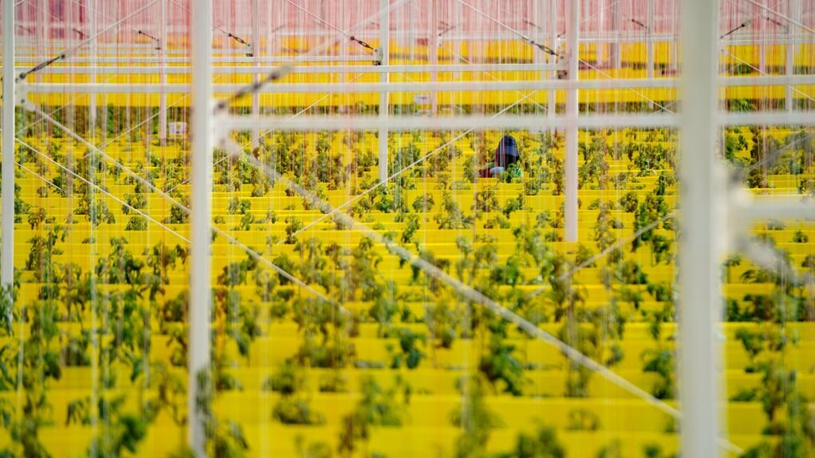LHASA, March 20 (Xinhua) -- Rows of solar thermal collectors in Xainza County, the city of Nagqu, southwest China's Xizang Autonomous Region, with an altitude of nearly 4,700 meters, have turned solar energy into clean heating for locals.
The county is located in the hinterland of the northern part of the region, with thin air and a cold and dry climate. However, it boasts abundant solar energy resources with an annual sunshine duration of about 2,915 hours.
Over 2,900 residents in the county now have access to solar central heating, covering approximately 175,400 square meters, including 851 households, three schools, and office buildings.
Yang Tsering, one of the locals, felt warmth in his home. "The plants in my room grow even better after the heating was turned on," said Yang Tsering.
Yang Tsering recalled that his family had to burn two cartloads of cow dung in the stove for winter heating in the past. Thanks to the solar central heating, they bid farewell to the smoky heating.
Yang Cankui, a manager of a local company responsible for the operation and maintenance of the central heating system, said that the heating season lasts for seven months, from November to June the following year, and adopts 24-hour continuous heating.
The project saves the equivalent of 2,895 tonnes of standard coal annually, contributing to improved air quality in the county and protecting the region's environment.
In the rural area of Nagqu's Nyima Township, where the lowest temperature reaches minus 20 degrees Celsius, electric radiators have also been installed in every bedroom of herdsman Sangtso's house. Without the noise of fire, his two granddaughters are no longer disturbed when doing their homework.
The photovoltaic heating pilot project has achieved good results, with a daily output of more than 2,000 kilowatt-hours of electricity, improving the living environment of the locals, said Cao Lin, head of the township.
"The application of new heating technologies is changing people's lives," said Cao.
Currently, a total of 25 heating projects have been completed in high-altitude areas of the region and eight heating projects are under construction, with a total heating area of 32.24 million square meters covering 700,000 residents, according to the regional department of housing and urban-rural development. ■












